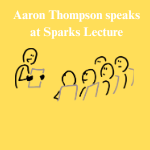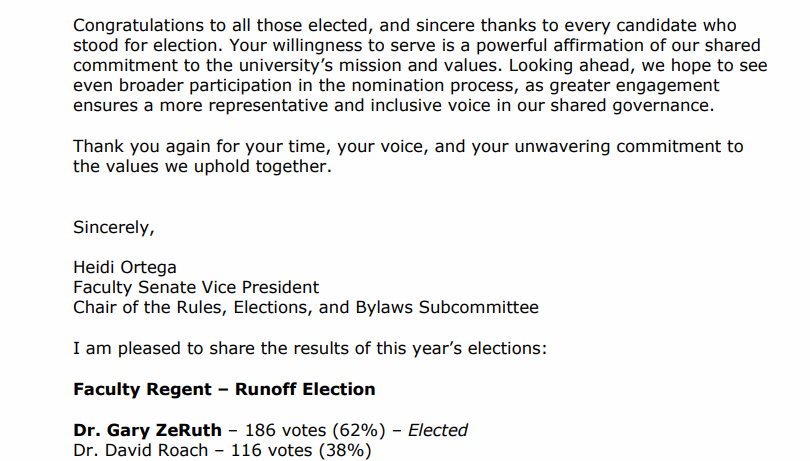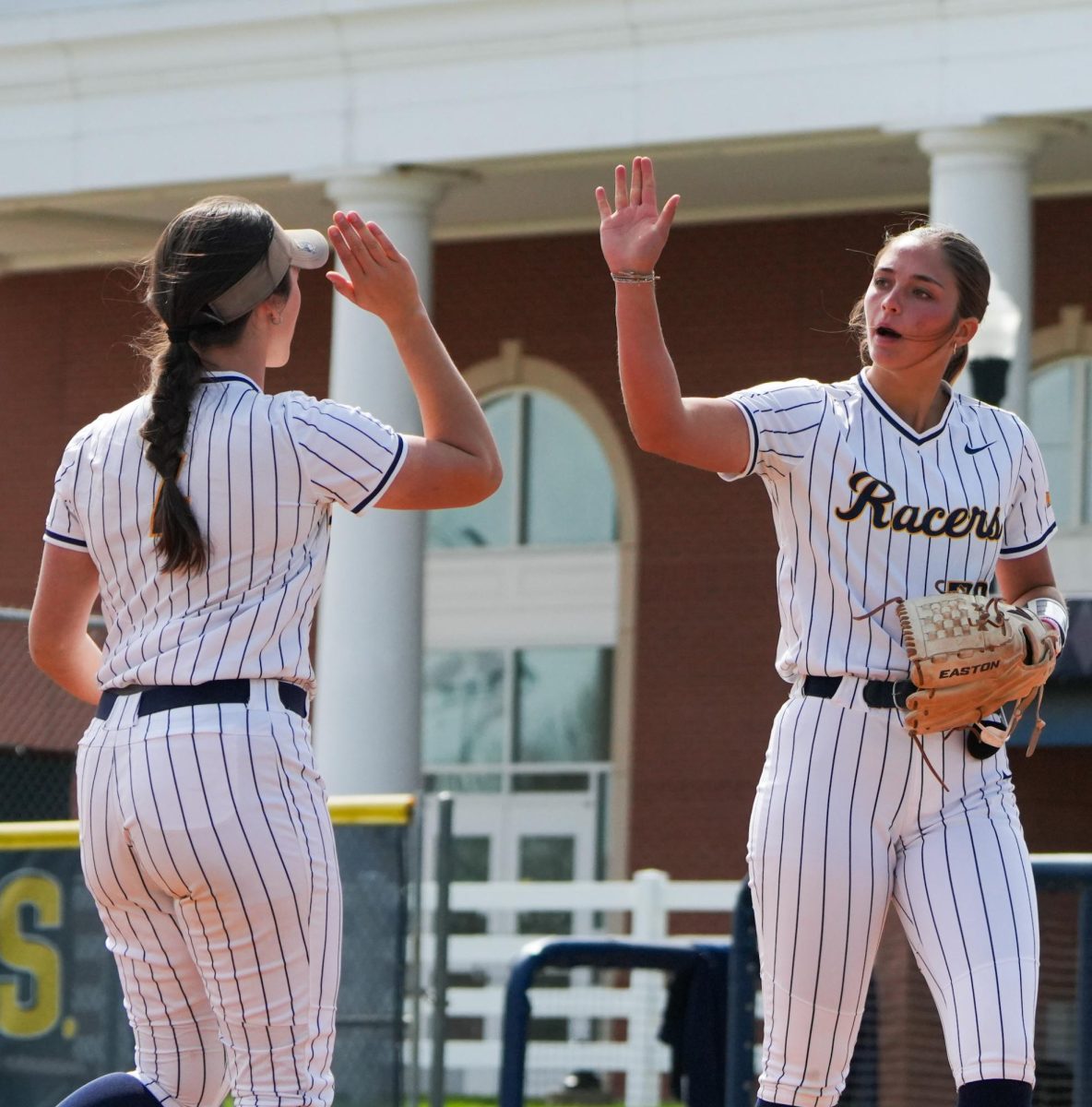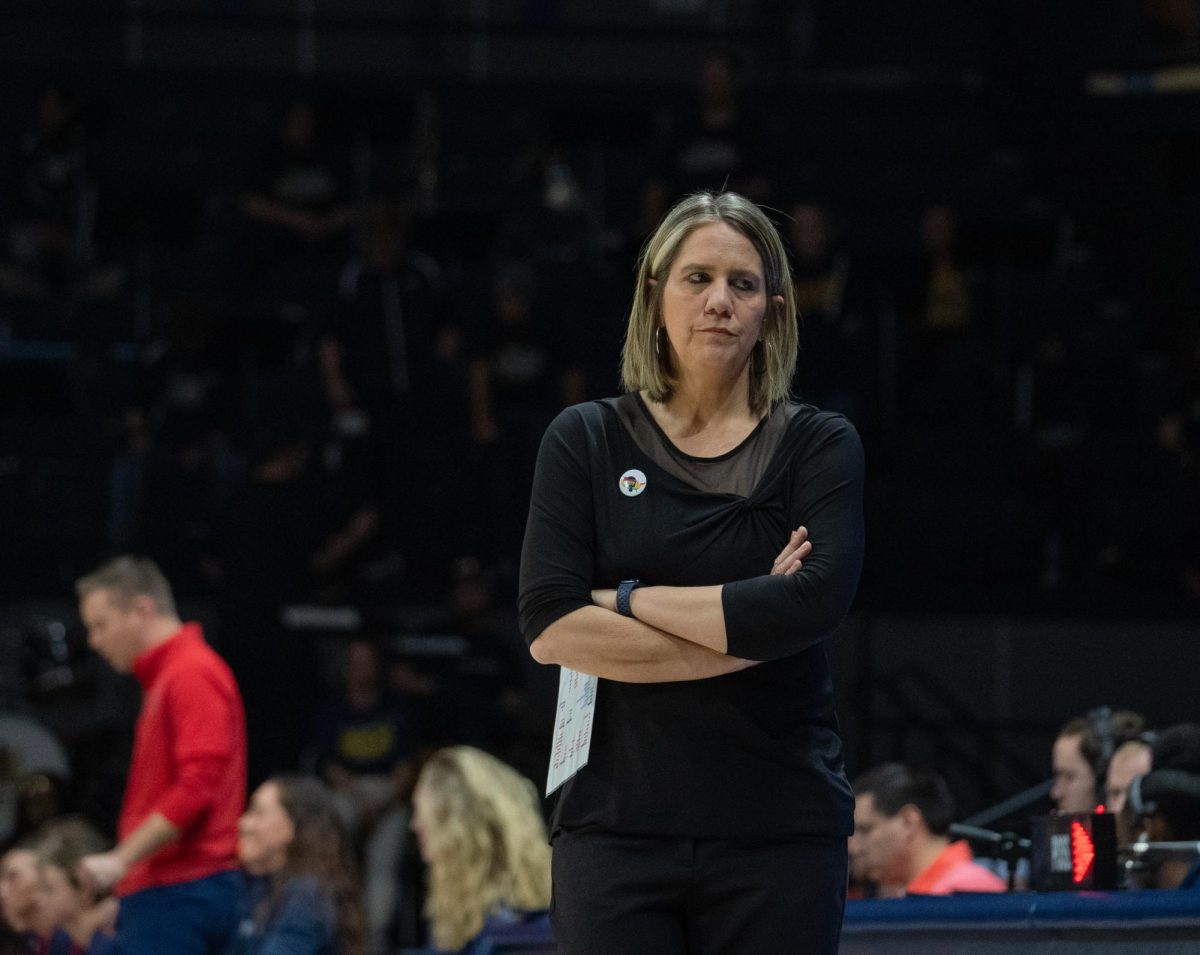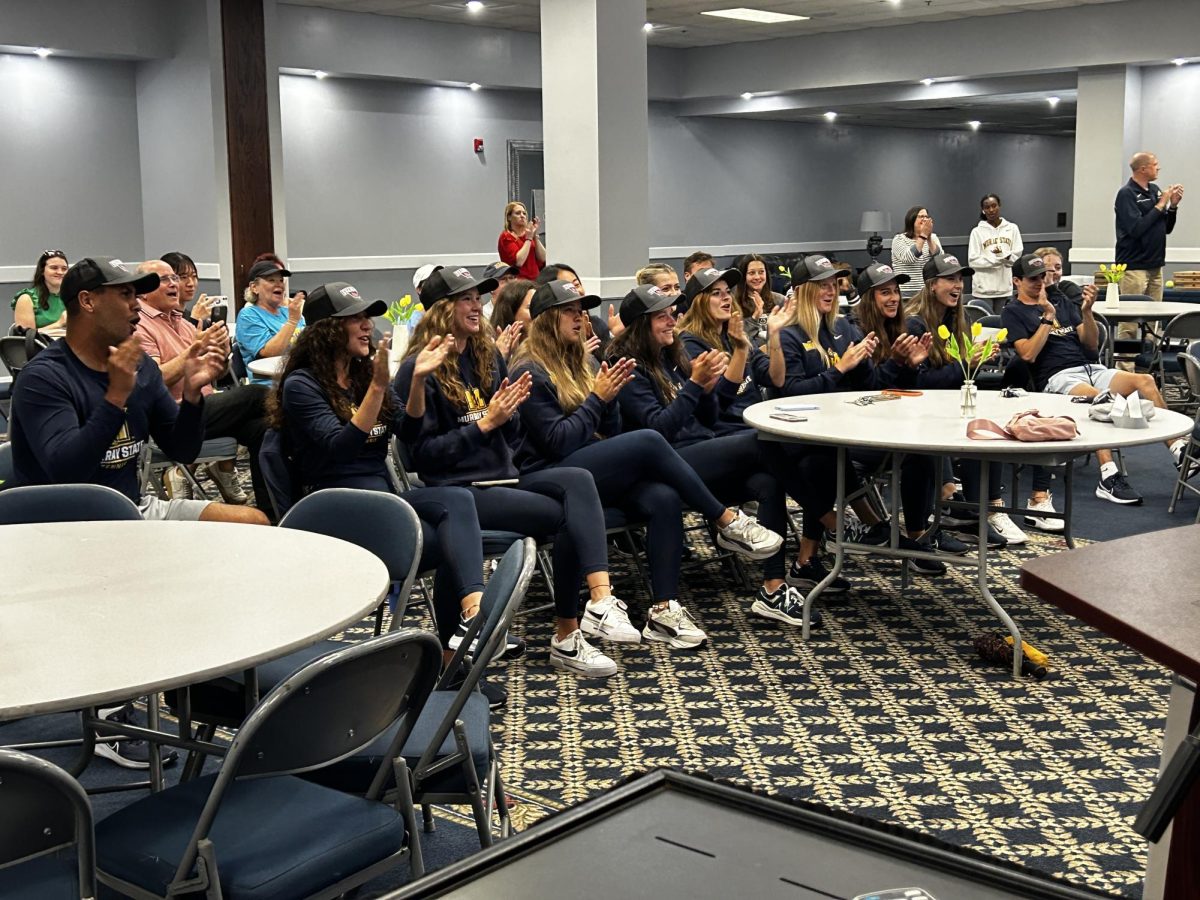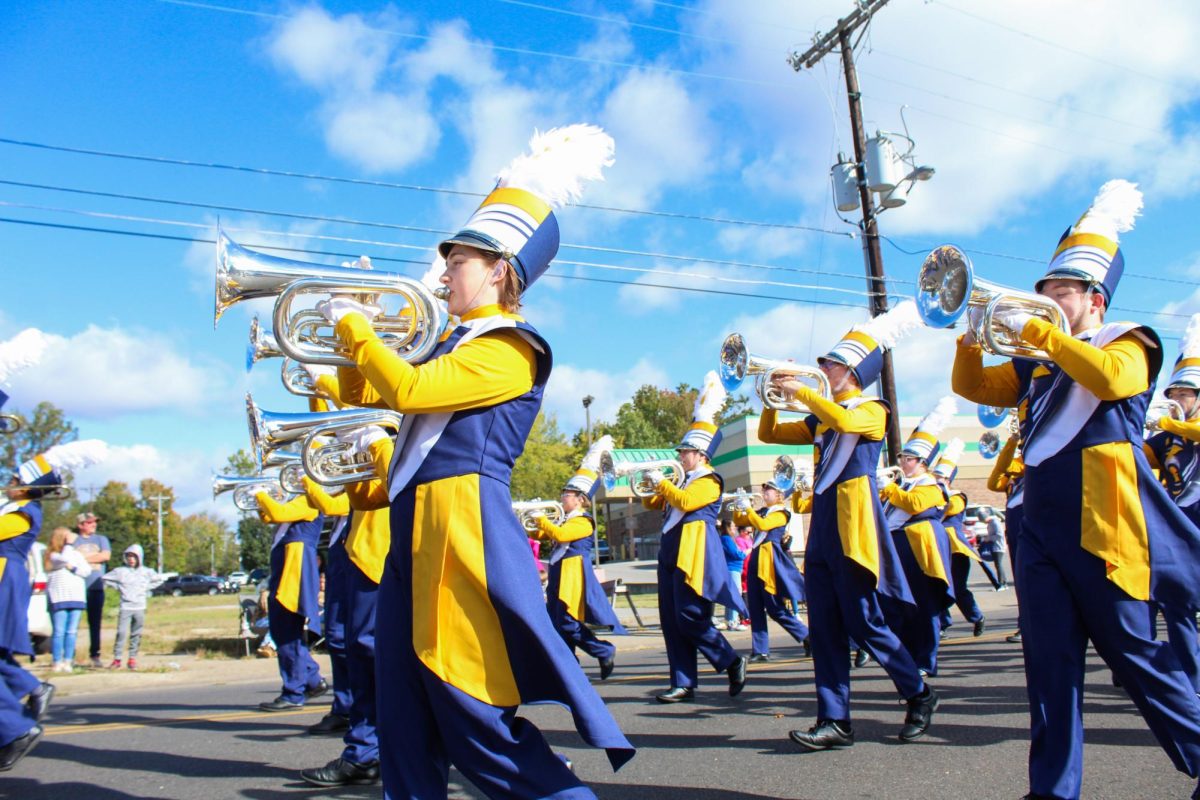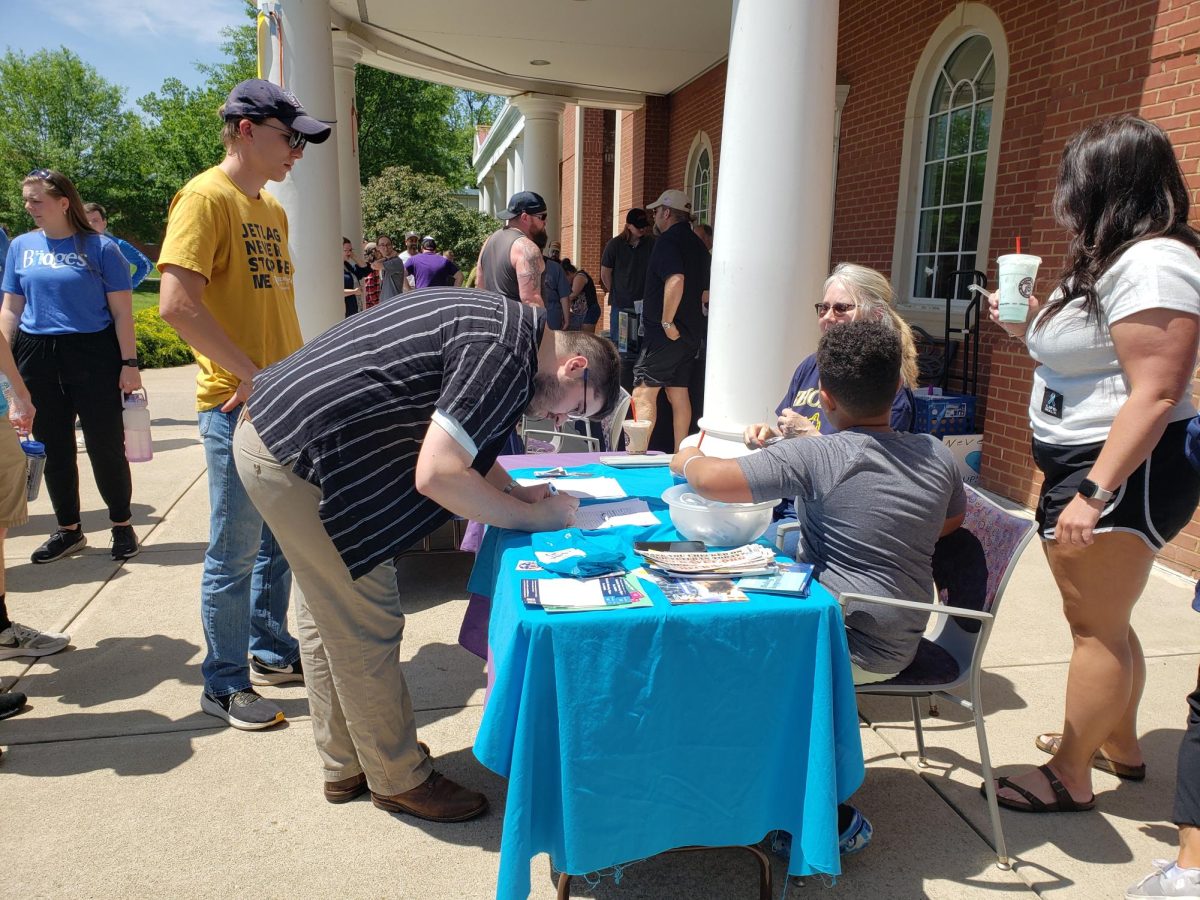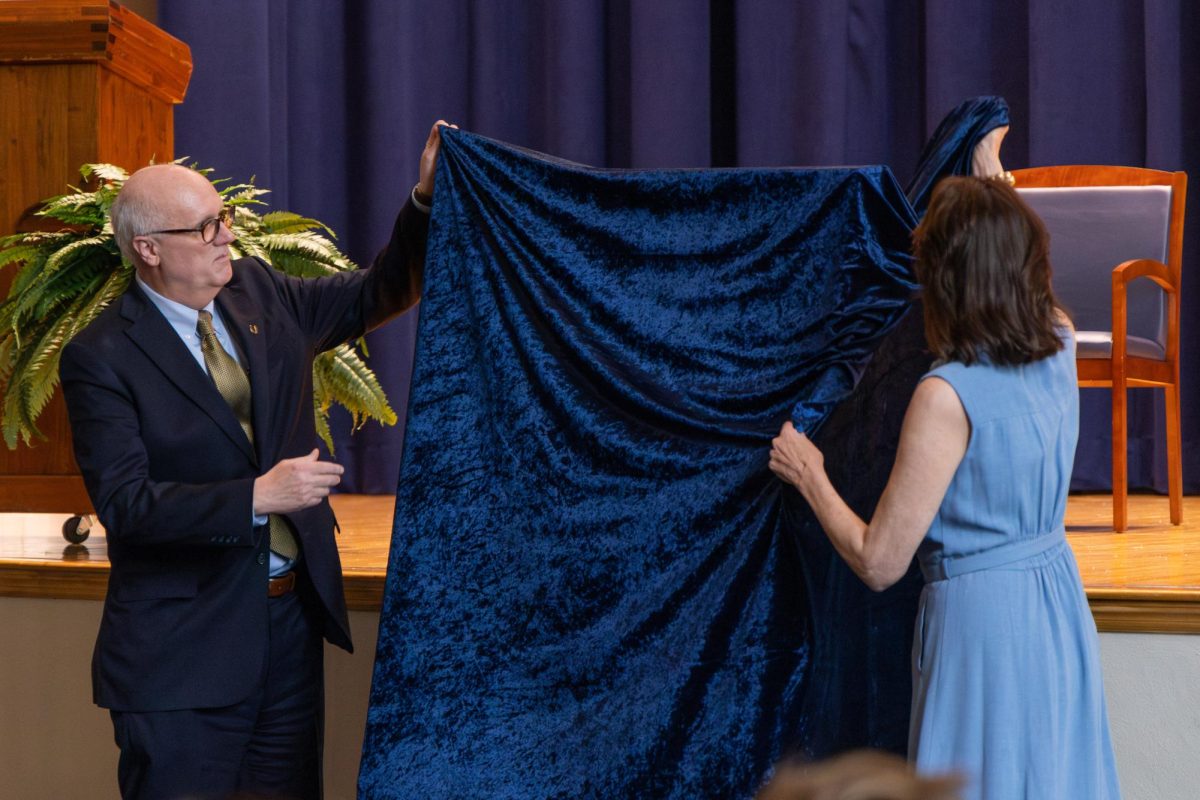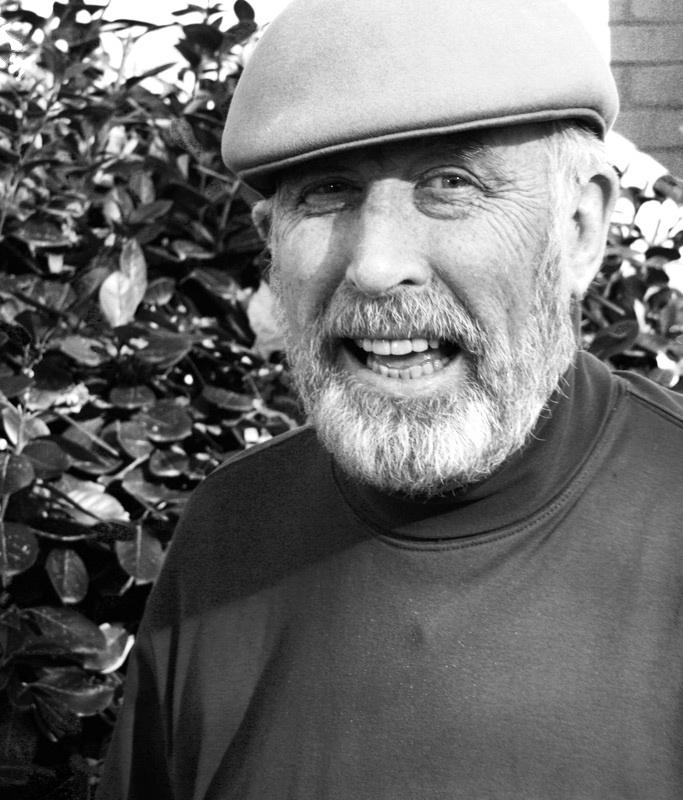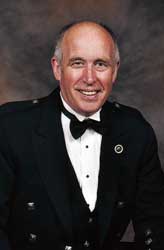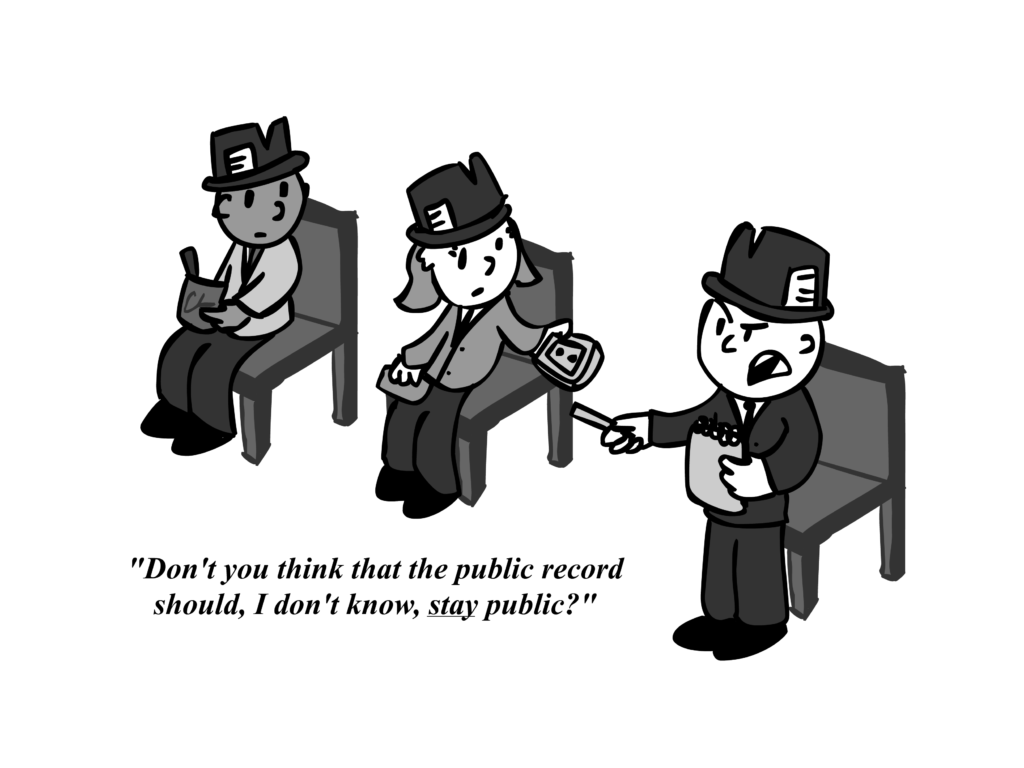We are on the eve of Valentine’s Day. I know a great deal about this subject, on account of being named “Valentine” for much of my life. The subject seems to come up in conversation.
For most men, Valentine’s Day means a hustle and hassle aimed at enriching the greeting card people, the chocolatiers, the florists and/or the jewelers. I do not decry this practice, as it stimulates the economy and provides a large supply of surplus chocolate that goes on sale on Feb. 15, my second-favorite day of the year.
In reality, however, Valentine’s Day is for a larger segment of the population than the lovers. Let me tell you the legend and propose for you a new reality for this late winter holiday.
First, Valentine’s Day is the feast day or saint’s day for St. Valentine, an honoree of the Roman Catholic Church. The original Valentine was called “Valentinius,” and he was not alone; at least three different persons may have been canonized by the early church and, even in the fifth century, no one knew exactly why.
One legend says that Valentinius, an early priest, illegally married young men and women, thus exempting the young men from military service. As soldiers were in short supply, the old man was arrested and martyred. “Martyred” is an ancient and sanitized word for “beaten, hanged, burned, fed to beasts, crucified or forced to watch C-Span.” Whatever the case, it was pretty horrible.
You can see, however, how a man who risked his life to perform marriages could be connected with the concept of romantic love.
My personal favorite is the legend that says Valentinius, a priest of the second century, was arrested for refusing to worship pagan gods. A man of gentle peace, he found favor with the jailer who found him friendly. The jailer usually brought his daughter, Julia, to the prison with him, for the girl was blind and could not be left at home. She was placed near the cell of Valentinius who told her stories, made her laugh and became her friend. On the day he was taken to be executed, the girl awoke with her sight restored in answer to his prayer.
I like this legend best because it is a reminder that true affection among humans is not restricted to the romantic. Often, some of the most important relationships, and those most worthy of recognition and celebration, are among people who are friends and comrades and among whom thoughts of romantic love are irrelevant.
On Valentine’s Day, think of people whose friendship makes (or made) a difference in your life, as Valentinius made for little Julia. Legendary or not, the example of their story is no less real. Whether they are fraternity brothers or sorority sisters, roommates or classmates, shipmates or members of the same platoon, true friends are rare and deserving of our devotion and remembrance.
I have no doubt that St. Valentine’s Day was moved to mid-February to replace the pagan Lupercalia, a late-winter pagan holiday of fertility. Like the Racers of today, the Romans of the first millennium were hungry for a sign of spring, too. But the spirit of St. Valentine’s perfect friendship and sacrifice is no less valid.
This Valentine’s Day, I’ll be remembering Gif Blyton and Ted Morford, Darlene Brown, Julia Webb and Judy Harris, Norm Sims, Art Douglas, Steve Duncan, Mike Snyder and Vernon Gantt, Vicki Jo and . . . well, it’s a long list. When you’ve had a long life, the list of people who changed it for the better is long and rich and shining with fond memory.
This Valentine’s Day, start your list and watch it grow. May it be longer than life itself.
Column by Robert Valentine, Senior lecturer of advertising


